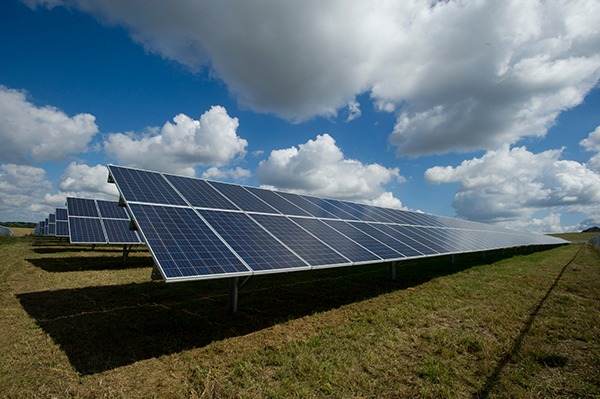When I arrived in the US a few weeks ago to begin a study tour on the opportunities that Australia has to build our industrial profile within the American renewable supply chain, I was filled with optimism and excitement. Not only because this was my first international trip in nearly a decade but also because of the positive intentions that American and Australian leaders have been signalling regarding cooperation on clean technologies.
My trip has proved to be perfectly timed, as Anthony Albanese and Joe Biden announced a new agreement on climate cooperation the day after I landed, where they noted that climate and clean energy should be seen as “the third pillar of the alliance, alongside our defence and economic cooperation.”
This is unquestionably a step in the right direction, as we elevate credible climate action to a central feature of our foreign policy. However, the economic benefits that we stand to gain from this announcement, coupled with the recently passed US Inflation Reduction Act, cannot be underestimated.
As a key free trade partner and strategic ally of the United States, we’re uniquely placed to benefit from the Biden administration’s focus on clean energy and climate action – and it’s strategic reorientation away from Chinese industry.
However, we have a number of significant economic advantages that augment our strategic partnership with our “great and powerful friend”. First and most obvious, we have a natural abundance of critical minerals. Australia already leads the world in our reserves of gold, iron ore, nickel and zinc. We rank second in the world for bauxite, cobalt, copper, lithium and tungsten deposits, and third for silver. We have a comparative advantage in all the base materials needed to build a world class renewables industry which could help kick-start an energy revolution, both at home and abroad.
While we are uniquely placed to capitalise on the opportunity these changes present us, there is a catch. We essentially have 2 years to rapidly develop a large scale critical minerals processing industry, and advanced renewable manufacturing capabilities, in order to gain a lock on the huge US renewable energy supply chain.
This won’t happen by chance – we need concerted coordination, government planning and investment to create a thriving clean energy sector. Thankfully, research shows that there are a number of steps we need to create smart, modern industry policy capable of scaling up our production so that it is to meet this challenge.
First, we need to create a clear plan that outlines how much we want to grow the industry by. Famed economist and industry policy expert Professor Marianna Mazzucato recommends a moonshot approach that aims for big solutions to the problems we face, drawing on the approach former President John F Kennedy took when building the space industry which resulted in the moon landing. To paraphrase, we should build a critical mineral processing industry not because it is easy, but because it is hard.
So we should set our sights on the 78% of the critical mineral industry currently held by China, and seek to realistically maximise our production by 2026.
Second, we need to offer targeted incentives and funding to create co-investment in the clean energy sector. The government already has significant investment in this space, through the $15bn National Reconstruction Fund, which will provide much needed funding for our critical minerals, renewables and clean energy industries.
Third, we need to create benchmarks and targets at regular intervals that will allow opportunities for reflection, re-evaluation and renewal. This step, much like our emissions reduction targets, both encourages innovation and keeps us accountable for our investments.
Finally, we need a broad investment in research and development (R&D) that will allow us to create new opportunities and solutions that are not currently available. We can start with a significant investment in our premiere scientific institution, the CSIRO, support it with increased funding for the Australian Research Council (ARC) research grant scheme and offer tax incentives for businesses who spend more than 20% of their revenue on R&D.
Ultimately, this agreement will fundamentally reshape the global critical mineral and clean energy supply chains, and it’s up to us as a nation if we want Australia to capitalise on our unique position in the global economy or allow others to reap the economic benefits.
Shirley Jackson, Director of the Centre for New Industry at Per Capita

